“It’s 10x cheaper to keep a customer than to get a new one.”
How many times have you heard this saying? We know it’s true, but how you keep customers returning hasn’t always been clear. We’ve looked at how the most successful e-commerce brands are increasing profits through retention with a new concept called hyper-personalization.
We all love the bartender that knows your order before you sit down. Hyper-personalization is how eCommerce brands bring that feeling to customers whenever they come to your store.
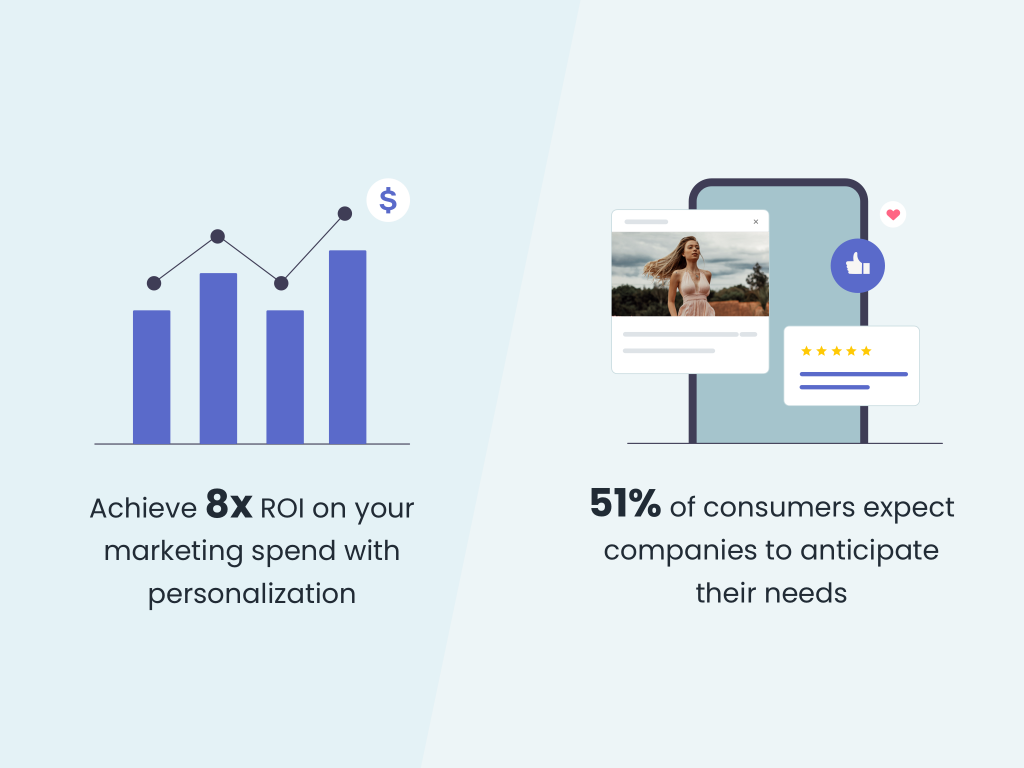
According to a Salesforce study, 51% of consumers expect companies to anticipate their needs and make relevant product suggestions before they even contact them.
How hyper-personalization works
“Hyper personalization can deliver up to 800% ROI. Importantly, one in five customers would share their data to receive more personalized experiences.“
– Deloitte.
Hyper-personalization is like one-to-one marketing. It’s a way of communicating with all your customers in a tailored and unique way. Recent technological advances help you reach the right person at the right time and with the proper context.
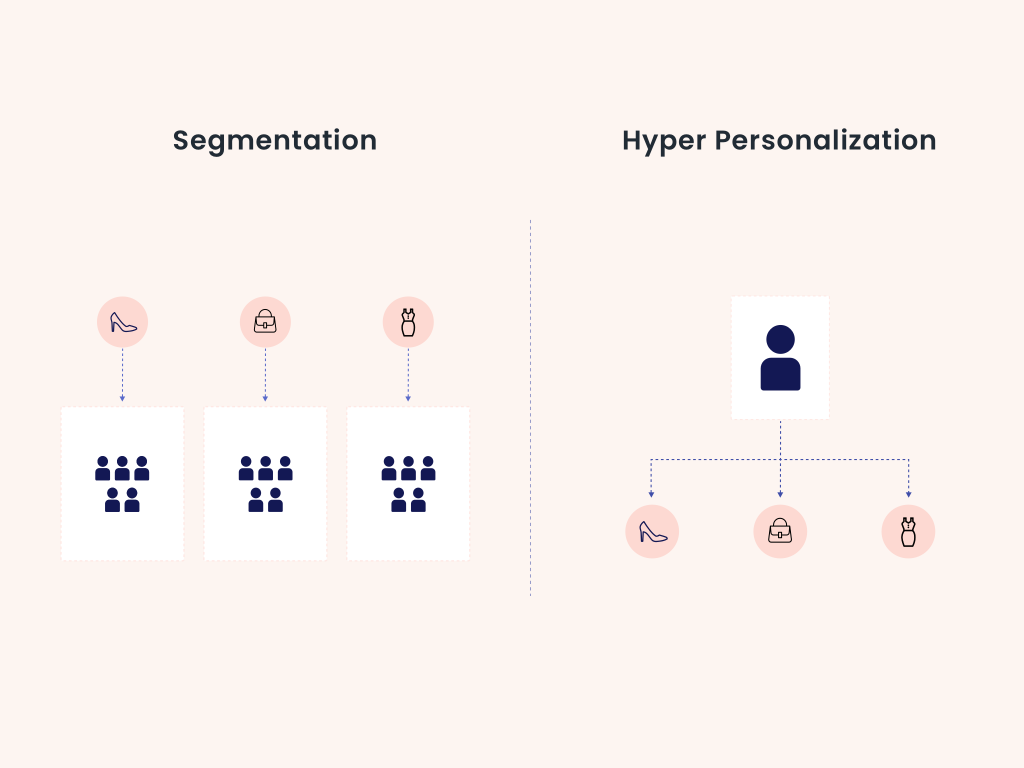
“To truly capture your customer’s attention and drive conversions, brands need to go beyond cookie-cutter campaigns and a one-size-fits-all digital strategy.”
Undeniably, this is the common denominator in the marketing strategy of all big giants.
How did Amazon and Starbucks do it?
Amazon has come close to perfecting its hyper-personalized campaigns. Anyone who visits their app feels like the experience is designed for just them. So, how do they do it?
Their biggest USP is a personalized homepage. Their homepage is compiled through past and real-time data. In other words, they ensure customer satisfaction by ‘predicting’ what their customers would like to see. For example, tabs like Frequently Bought Together or their recommendations are critical to the experience they offer.
This is also known as Predictive Personalization. Another brand that has succeeded with this model is Starbucks.
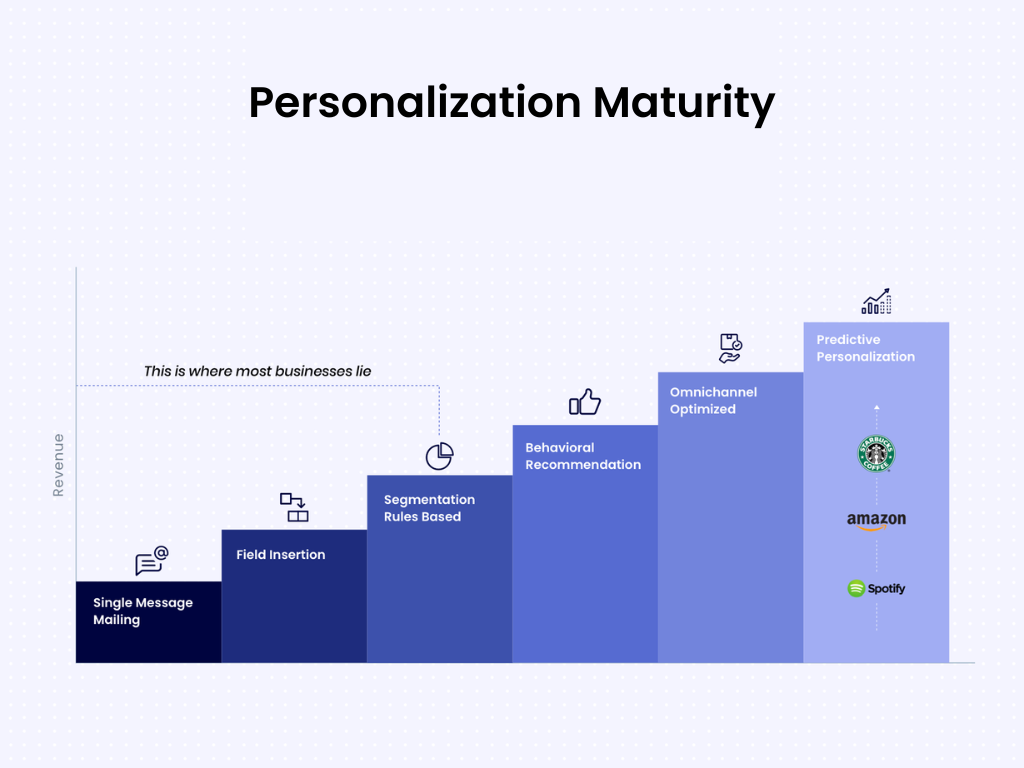
Starbucks’ customers can personalize menu items and receive individualized offers and product rewards. Using their customers’ data, they can predict their customer’s expectations and habits.
Amazon and Starbucks are just two companies that have succeeded in building up their brand by investing in developing a loyalty app.
How StitchFix raised their retention rate by 30% within the first six months.
StitchFix, an online retailer, raised its retention rate and increased sales with the help of a hyper-personalized approach.
Their selling model is made to be inherently hyper-personalized. They assign personal shoppers to each customer. The shopper handpicks pieces for the customer, according to their survey answers. As a result, they receive products personalized to their style and tastes. After receiving the items, customers can return the products they do not like.
They collect data to personalize their experiences further and ensure that the customer is satisfied. Also, they heavily rely on customer feedback to guarantee customer loyalty.
StitchFix is proof of Accenture’s study that 75% of consumers will be more likely to purchase from someone whose offerings are personalized according to individual preferences.
How your brand can use Hyper-Personalization too
One way to ensure your brand can succeed is by learning from these brands. Here’s what they did in particular:
- Collecting data
Data is the most powerful tool that every brand is after. But we don’t need to tell you that! Data is the number one key factor in creating campaigns that drive results.
- Omni-channel presence
How can you collect data? By setting up multiple ways to reach and cater to your customers. On top of that, this also helps build up your brand’s experience for your ideal customer.
- A/B Testing
Meet every marketer’s best friend- A/B testing. It helps you understand what is driving your customers and what is not. The perfect formula to achieve your marketing goals is pairing innovative strategies with data analysis.
- Personalized elements
Your customer experience on your app/store is your most considerable leverage. Therefore, tailoring the experiences of your brand goes a long way in forming that personal connection with every user.
Hyper-Personalized Marketing Tips for Your Mobile App
We got your back, always. So, here are some tips on developing your hyper-personalized strategy:
- Personalized Homepage
First impressions are always the last impressions. Your homepage is your first. Personalized elements go a long way to establishing one-to-one marketing with your customers.
- Geo-Targeting
Geo-targeting is considering the location of your customer in your marketing. One great example is how Swiggy’s push notifications always relate to the weather, national occasions, etc.
- Trends and Real-Time Communication
How do people make friends? They talk about what is happening around the world. Participating in real-time events and trends helps your customer see you as more than just a brand. It builds a persona people can relate to.
Enhance your customer’s e-commerce Journey!
When hyper-personalization is done right, it is a win-win situation for your brand and its customers. So what are you waiting for? Fast-track your brand’s success journey. If you would like to know more about this topic from us, book a demo with us today!

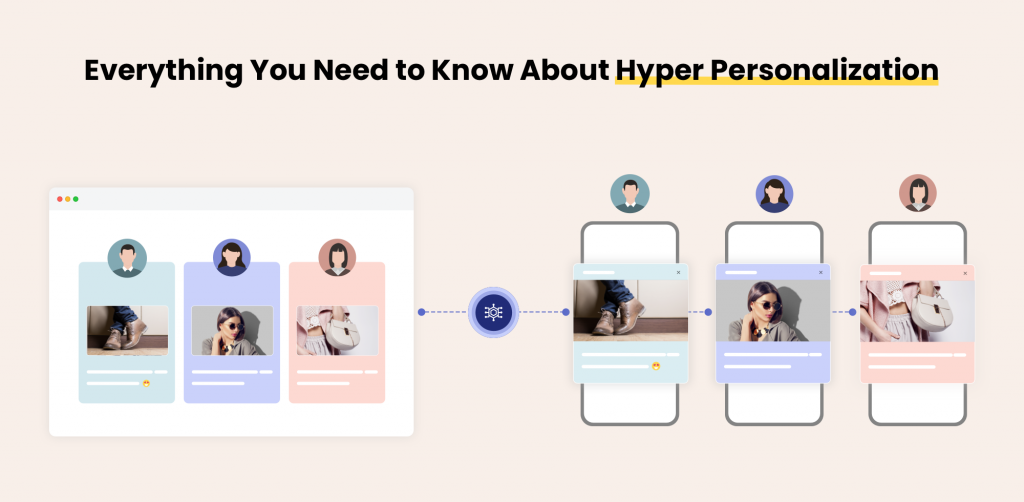
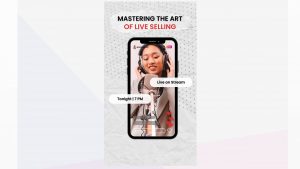
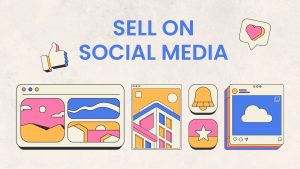
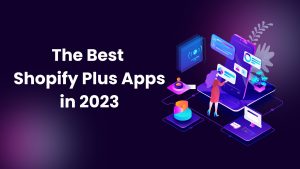
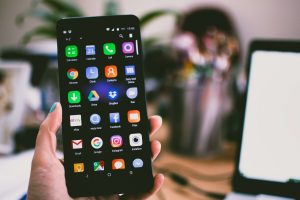
Share Your Views!